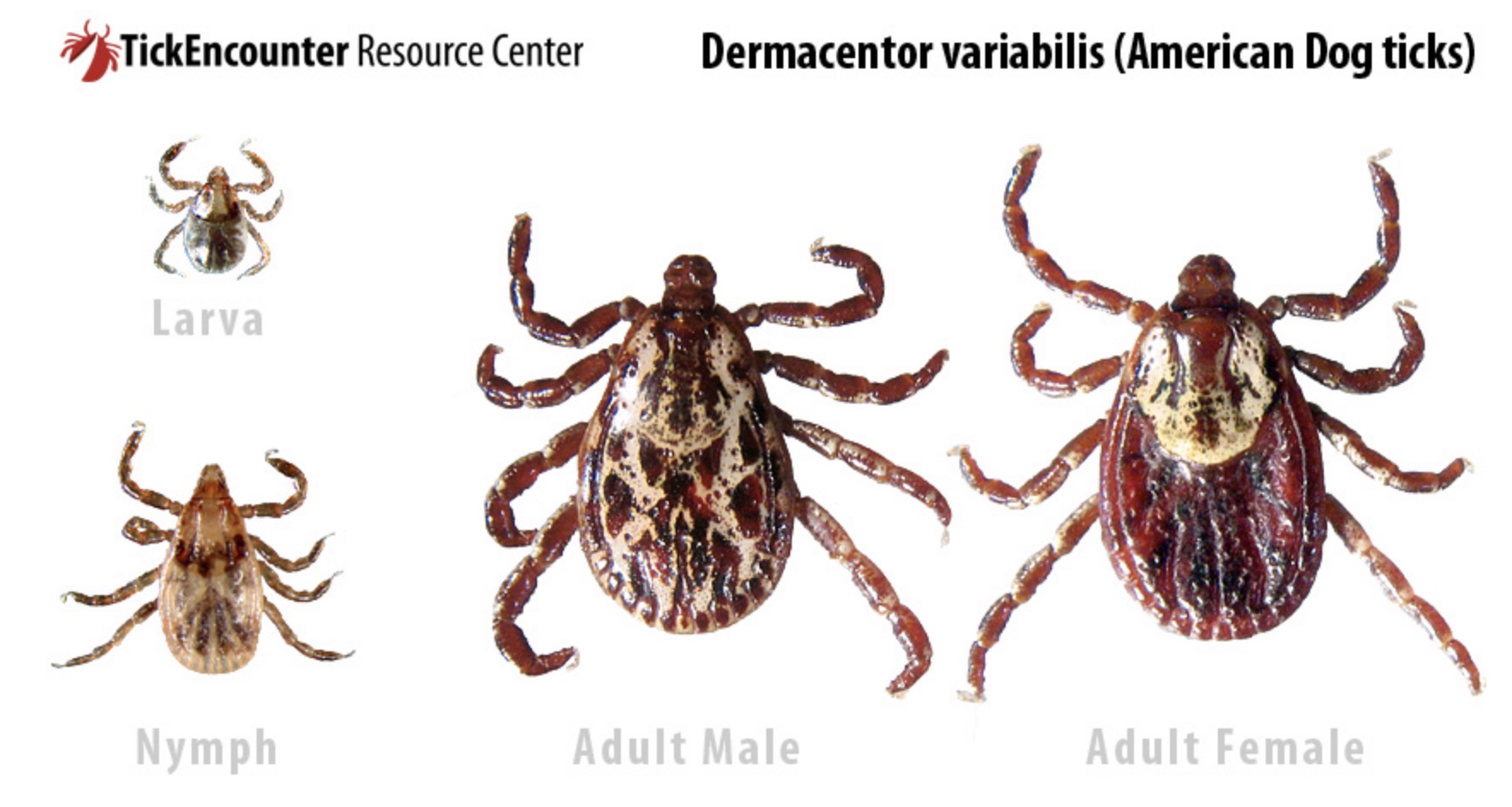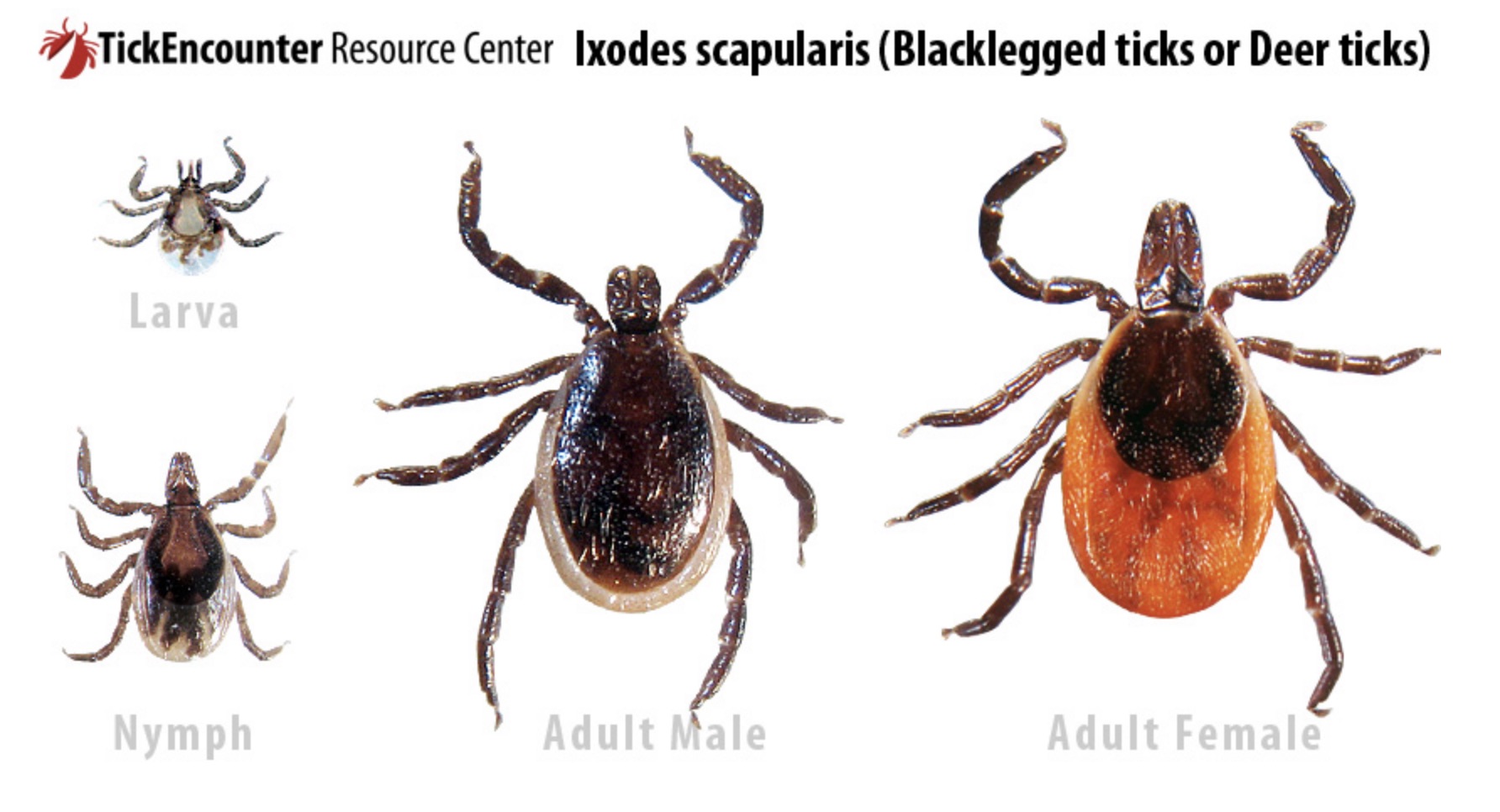|
Getting your Trinity Audio player ready...
|
ARTICLE / VIDEO / LINKS. Ticks are Here on the San Mateo County Coast. And so is lyme disease (see Robert Buelteman’s video below). San Mateo County reports a low lyme disease case count. But many on the coast have gone through horrifying experiences with undiagnosed lyme disease. I had a friend from Hawaii go to Seton Coastside with a tick hanging on. The doctor removed the tick and threw it out. The low count may be due to the fact that testing is not being done systematically by doctors in San Mateo County.
When to Test
Ticks may carry Lyme disease. How it works biologically. Tick bites you and your blood enters its stomach. The ticks stomach contents carries the microorganism that causes Lyme Disease (Borrelia burgdorferi). Your blood and the tick stomach juices mix. The the tick takes in more and more of your blood, until they are engorged. But there is no backwash valve on the tick’s mouth and so their stomach’s contents enter your blood stream. This takes anywhere from 12-36 hours.
For only $25 your get your tick tested by the San Mateo County Health System.
“Testing of ticks is NOT recommended by the Center for Disease Control (CDC) and California Department of Public Health (CDPH), because a tick tested positive for Lyme disease does not necessarily transmit the bacteria to human, and a tick tested negative does not guarantee the patient is free from infection (if unknowingly bitten by a different infected tick). All medical diagnosis should be based on the patients symptoms, and appropriate treatment should start early; do not wait for the test results of the tick.”
Ticks brought to or mailed to your local vector control for identification should be put into a zip-lock plastic bag with water moistened cotton or tissue.
If you have been bitten by a tick and want it tested for tick-borne diseases, you can submit the tick to a number of laboratories within the Bay Area or other states for testing.
We do not endorse any of the following laboratories but are providing this information as a public service.
1. Testing procedures will vary if the tick is alive or dead. Ticks that are alive or have been recently killed may be tested by Indirect Fluorescent Antibody (IFA). Click here for laboratories that will test ticks by IFA tests
~ Alameda County Vector Control
What to do if you get a tick bite? by Daniel A. Kinderlehrer, M.D.; ILADS ABOUT LYME.com
Tick Removal and Storage for Testing
If you find a tick attached to you or your pet, don’t panic. Carefully remove and save the tick for identification and testing. Follow these instructions:
Tick Removal: Grasp the tick with tweezers or tissue as close to your skin as possible. Gently pull the tick straight upward from the skin- no twisting or unscrewing. Do not attempt removal by using nail polish remover, kerosene, or Vaseline.
Another option for tick removal is to loop some sewing thread around the tick and as close to the skin as possible (2-3 loops is enough). Basically you will be looping the thread around the tick’s mouthpart, which is embedded in the skin. Once you have it tightly wound around the tick gently pull upward. You will have lassoed the tick around its mouth, which will force to come out. This method is a good way of insuring you don’t “pop” the tick, which is not good since it is infected and you don’t want to have contact with infected fluids.
Tick Storage: The tick must be kept moist. Place the tick in a small container with 1 or 2 drops of water or saline solution. A small piece of damp cotton or tissue inside the container also works. Do not use other liquids such as alcohol or formaldehyde solutions, since the tick may absorb it and explode, making it impossible to test.
More Information on the Dog Tick
More Information on the Deer Tick
Local Lyme Disease Testimonial
Robert Buelteman is an accomplished fine art photographer specializing in landscape photography. He has been married for 35 years and was diagnosed with Lyme disease twelve years ago. He talks about his passion for photography and how it was not uncommon for him to work 60-80 hours a week. All of a sudden he was home at 7 o’clock every night and immediately headed into bed. Not only was he sleeping 12 hours a night but he was feeling lethargic and developing a chronic cough. For the next five years his health continued to worsen until a registered nurse told his wife about the possibility that his condition might have something to do with a tick bite. As a professional landscape photographer, Robert spent 80 days a year camping and remembers being bit by ticks at least 50 times. He talks about his frustrations with being diagnosed with Lyme, as his blood tests were one band short of being CDC positive. Finally he found a Lyme literate doctor who did a full analysis of his health and did blood tests to ultimately diagnose him with late stage Lyme. Robert talks about both his conventional antibiotic treatments and adherence to alternative therapies. He also speaks to the dramatic changes he and his wife have had to make and both their professional and social lives while dealing with this disease. Brain fog and chronic fatigue have significantly altered his ability to continue his professional career that in turn has drained a significant part of his and his wife’s lives savings as he treats the disease. Robert has been blessed by having his wife by his side who has been a rock throughout this journey. ~ Watch the Video from PatientTalk.com







